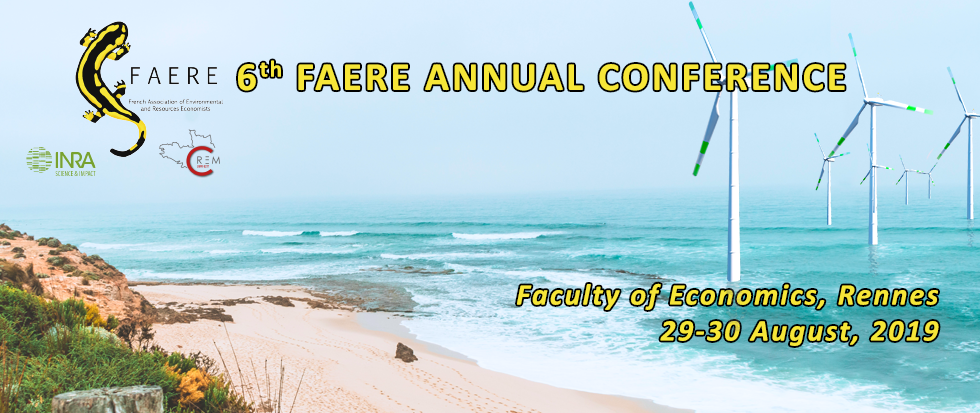This paper examines the role of risk aversion on the sustainable management of mixed fisheries. We consider a bio-economic model of multiple species harvested by a single fleet with uncertain costs of effort. We assume that the regulatory agency aims at reaching MMEY (Multispecies Maximum Economic Yield) by maximizing the expected utility of total profits, where the utility function captures risk aversion. We show analytically that such a risk-averse MMEY mitigates the risk of biological and economic overexploitation of the different species. It further enhances biodiversity in the sense of evenness within the portfolio of the fishery. However risk aversion also lessens the expected profit and food production. Thus, risk aversion implies a trade-off between different bio-economic goals. These findings are illustrated with the case study of the Australian South East Fishery, where small risk aversion levels allow for high global bio-economic performances and balanced management objectives, therefore fostering sustainability.

Risk averse policies foster bio-economic sustainability in mixed fisheries
1 : GREThA
-
Website
Centre National de la Recherche Scientifique - CNRS
Université Bordeaux -
France
2 : GREThA
http:
Université de Bordeaux avenue léon duguit -
France
3 : University of Tasmania
Hobart -
Australie
4 : CSIRO
Hobart -
Australie
5 : Ecole Polytechnique
Ecole Polytechnique Université Paris Saclay
Palaiseau -
France


